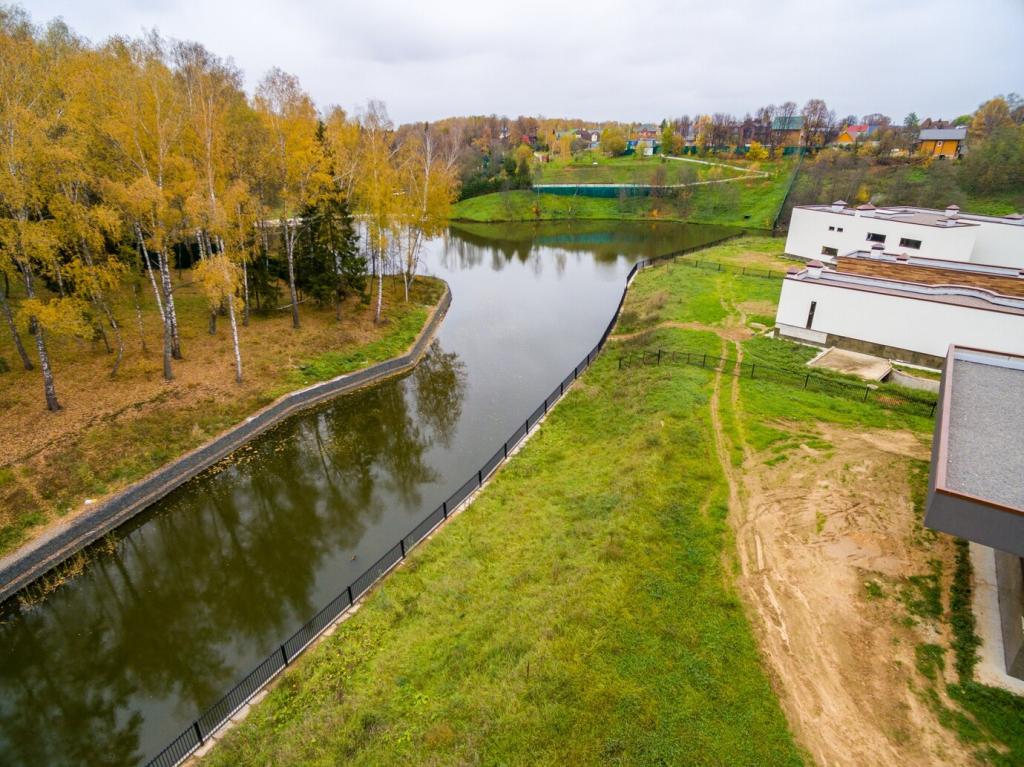From Footprint to Handprint: Why Eco Materials Matter
Before a building turns on its lights, materials have already emitted a large share of its lifetime carbon. Choosing lower-carbon concrete, recycled metals, and bio-based products cuts these upfront emissions dramatically. Track them early, and invite your team to iterate openly.
From Footprint to Handprint: Why Eco Materials Matter
Low-VOC finishes, formaldehyde-free composites, and mineral or plant-based insulations reduce indoor pollutants and boost wellbeing. Teams report fewer complaints and more comfort when toxic additives are avoided. Share your experiences, and tell us which swaps made the biggest difference.








